Exploring the creative journey is a fascinating endeavor that invites us to delve deep into the essence of human expression and innovation. This journey is not just about painting or writing; it encompasses every facet of life where creativity finds its voice. From the earliest forms of art to the cutting-edge innovations of today, the creative journey has evolved, offering endless possibilities for self-discovery and growth. Whether you’re an aspiring artist, a curious thinker, or someone simply looking to unlock your potential, understanding this journey is key to navigating the complexities of creativity.
Key Takeaways
- Understanding the Creative Journey: Dive into personal storytelling, reflective insights, creative expression, and building meaningful connections through community.
- The Role of Creative Exploration: Unlock innovation, experiment fearlessly, and foster growth by exploring new ideas and approaches.
- Peter Spirito’s Approach to Creativity: Generate ideas, solve problems collaboratively, express yourself authentically, and embrace adaptability while leveraging emotional intelligence for impactful solutions.
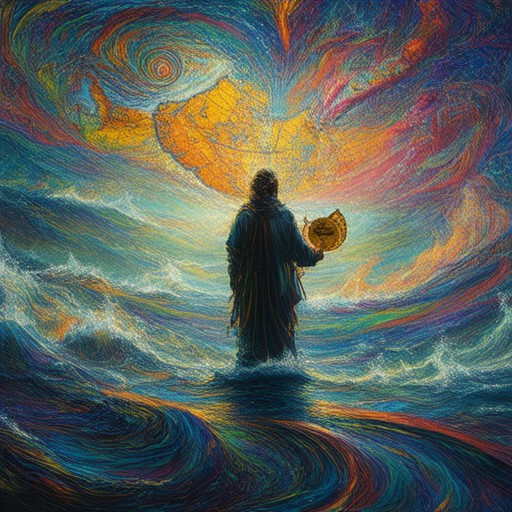
What Does a Creative Journey Mean?
A creative journey is the process of exploring, experimenting, and evolving your unique perspective through artistic expression, personal growth, and innovative thinking. It’s not confined to traditional art forms but encompasses any pursuit that challenges your imagination and fosters self-discovery.
Key Components of a Creative Journey
- Curiosity and Exploration : The desire to discover new ideas, cultures, and perspectives fuels your creative journey. It involves stepping out of your comfort zone to explore uncharted territories.
- Experimentation and Play : Learning from mistakes and embracing failure are integral parts of the creative process. It’s about trying new things without fearing criticism or rejection.
- Reflection and Growth : Regularly reflecting on your work helps identify strengths and areas for improvement. This introspection drives continuous evolution and innovation.
- Connection and Collaboration : Engaging with others enriches your journey. Collaborations can lead to fresh insights and inspire new directions for your creativity.
Benefits of Embarking on a Creative Journey
- Personal Growth : Develops empathy, adaptability, and problem-solving skills.
- Discovering Hidden Talents : Unleashes abilities you didn’t know you had.
- Building Resilience : Overcomes obstacles and strengthens your confidence.
Challenges to Navigate
- Fear of Failure : Addressing doubts about your capabilities can hinder progress.
- Time Constraints : Balancing creativity with daily responsibilities requires effective time management.
Tips for Navigating Your Creative Journey
- Embrace Uncertainty : View challenges as opportunities for growth rather than threats.
- Set Small Goals : Celebrate incremental achievements to stay motivated.
- Seek Inspiration : Draw from diverse sources to spark creativity.
- Reflect on Failures : Learn from setbacks to refine your approach.
By committing to your creative journey, you unlock a world of possibilities and transform yourself in the process. Every step, no matter how small, contributes to a richer, more meaningful life.
The Five Stages of the Creative Process
The creative process is a dynamic journey marked by distinct phases that guide individuals from inspiration to realization. Understanding these stages can help unlock your potential and streamline your creative endeavors. Below, we outline the five key stages of the creative process:
- Preparation :
This foundational stage sets the groundwork for your creativity. Preparation involves gathering inspiration, researching your topic, and clarifying your goals. It’s during this phase that you gather materials, explore different perspectives, and define the problem you aim to solve. For instance, if you’re developing a new product, you might conduct market research, analyze competitors, and brainstorm ideas. Preparation ensures that your subsequent steps are grounded in solid planning and direction. - Incubation :
After preparation, the mind enters a state of incubation, where ideas simmer below the surface. This stage is crucial as it allows your subconscious to process information and combine disparate thoughts. Think of it like letting a pot of water simmer on the stove—it needs time to reach the boiling point before it can erupt into creativity. During incubation, you may take breaks, allowing your mind to wander or engage in activities that stimulate creativity indirectly, such as walking, meditation, or relaxing. The key here is to trust the process and allow your mind to work naturally. - Illumination :
This is the moment of breakthrough—the spark that ignites your creativity. Illumination occurs when your mind synthesizes information from the preparation and incubation stages, leading to a sudden insight or realization. It’s often described as a eureka moment, where you see connections between seemingly unrelated ideas. This stage is unpredictable but highly rewarding, as it’s when truly innovative ideas emerge. Capture these moments by jotting down notes or recording your thoughts to preserve your ideas. - Evaluation :
Once you’ve had an idea, the next step is to evaluate its worth. This stage involves critiquing your concept, assessing its feasibility, and determining whether it aligns with your goals. You might ask yourself questions like: “Does this solution effectively address the problem?” “Is it practical to implement?” “How can I improve it?” Evaluation helps refine your ideas and ensures that your creation has merit and potential. It’s important to remain objective during this phase, considering both the strengths and weaknesses of your concept. - Implementation :
Finally, the creative process reaches its culmination in the implementation stage. This is where your ideas transition from abstract concepts to tangible outcomes. It requires action, effort, and persistence to bring your vision to life. Whether it’s building a prototype, launching a campaign, or sharing your work with others, implementation is the stage where execution matters most. Success depends on your ability to translate ideas into reality while staying adaptable to challenges and feedback.
By navigating these five stages thoughtfully, you can harness your creativity and transform ideas into impactful outcomes. Each stage plays a vital role, and mastering them can significantly enhance your creative process. Remember, creativity is a muscle that grows with practice, so embrace each stage with patience and determination.

Exploring Creativity
Exploring creativity refers to the act of discovering and developing unique ideas, perspectives, or innovative approaches to problem-solving or self-expression. It involves stepping outside conventional thinking patterns and embracing new possibilities. Here’s a breakdown of its significance and practical application:
1. Defining Creative Exploration
Creativity exploration is a cognitive process that involves generating ideas and solutions that are novel, original, or better suited to achieving a particular goal. It requires curiosity, imagination, and a willingness to experiment with unconventional approaches.
2. Techniques for Effective Exploration
- Brainstorming: Start with a blank slate and list as many ideas as possible without judgment. This helps unlock creative thoughts that might otherwise be suppressed by critical thinking.
- Mind Mapping: Visualize connections between concepts to reveal unexpected relationships and inspire new ideas.
- SCAM Technique: Substitute, Combine, Adapt, Modify. This method encourages creative problem-solving by challenging assumptions and promoting innovation.
- Embrace Failure: View setbacks as opportunities to learn and grow. Many successful creators attribute their achievements to persistent experimentation and learning from failures.
3. The Role of Collaboration
Creativity often thrives in collaborative environments. Working with individuals from diverse backgrounds can expose you to new perspectives and ideas, fueling creative exploration. Collaborators can challenge your assumptions and offer fresh viewpoints.
4. Cultural and Personal Influences
Your environment and personal background significantly shape your creativity. Exploring different cultures, disciplines, and perspectives can open up new avenues for creative expression. For instance, studying art history might inspire a unique approach to design, while learning about scientific principles can lead to innovative engineering solutions.
Practical Application
Exploring creativity isn’t limited to artists or writers. Businesses, scientists, and professionals in every field benefit from fostering creative thinking. Companies like Peter Spirito emphasize the importance of creativity in driving innovation and growth. By encouraging employees to explore new ideas, organizations can unlock transformative potential.
Conclusion
Ultimately, exploring creativity is about pushing boundaries and embracing the unknown. It’s a journey of discovery that leads to meaningful outcomes, whether in personal growth or professional success. By experimenting with new approaches and staying curious, you can unlock your full creative potential and make a lasting impact.
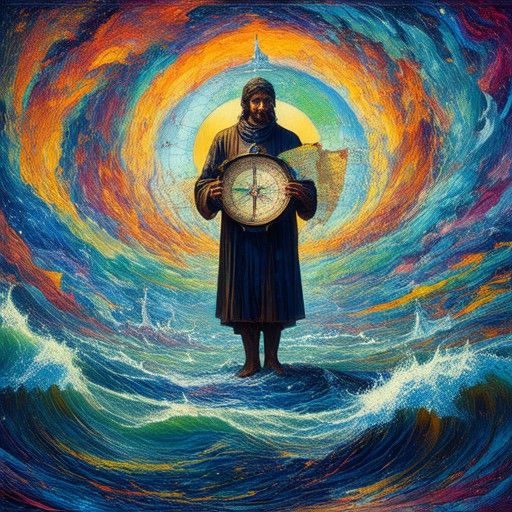
Our Creative Journey
The creative journey is a transformative exploration of self-discovery, innovation, and expression. It is a path filled with curiosity, experimentation, and growth, allowing individuals to unlock their potential and find unique ways to contribute to the world.
Key Aspects of Our Creative Journey
- Personal Storytelling: At the core of our journey is the art of storytelling. We believe every individual has a unique narrative to share, and through this process, we gain deeper insight into ourselves and our surroundings.
- Reflective Insights: Our journey involves constant reflection and learning. By examining our experiences, we can identify patterns, lessons, and opportunities for personal and professional growth.
- Creative Expression: Whether through words, images, or ideas, we channel our thoughts and emotions into creative forms that resonate with others. This expression often leads to breakthroughs and innovative solutions.
- Connection and Community: The creative journey is not solitary; it thrives in collaboration and community. Engaging with others who share similar passions enriches our experiences and broadens our perspectives.
Through our platform, we aim to inspire and support individuals on their creative journeys. We provide a space for authentic sharing, where stories and reflections can be explored and celebrated. Join us in this ongoing adventure, where every step brings new possibilities and growth.
Explore Peter Spirito’s Creative Journey
What is Creative Exploration?
Creative exploration is the process of discovering new ideas, approaches, or perspectives through experimentation and innovative thinking. It involves stepping outside traditional boundaries to find unique solutions, inspire creativity, and drive progress in various fields such as art, design, business, and technology.
The Importance of Creative Exploration
- Fosters innovation by challenging conventional thinking
- Encourages experimentation and risk-taking
- Promotes personal and professional growth
- Helps identify opportunities for improvement and evolution
Key Benefits of Creative Exploration
- Spark curiosity and imagination
- Lead to breakthrough ideas and solutions
- Enhance problem-solving abilities
- Improve adaptability and resilience
Examples of Creative Exploration
- Brainstorming new product concepts
- Exploring unconventional art techniques
- Developing innovative marketing strategies
- Pioneering new approaches in scientific research
How to Approach Creative Exploration
- Embrace a growth mindset
- Seek diverse perspectives and inspiration
- Experiment with new tools and technologies
- Create a supportive environment for creativity
Creative exploration is a vital process for individuals and organizations alike. By embracing this mindset, we can unlock our potential and contribute meaningfully to our fields.
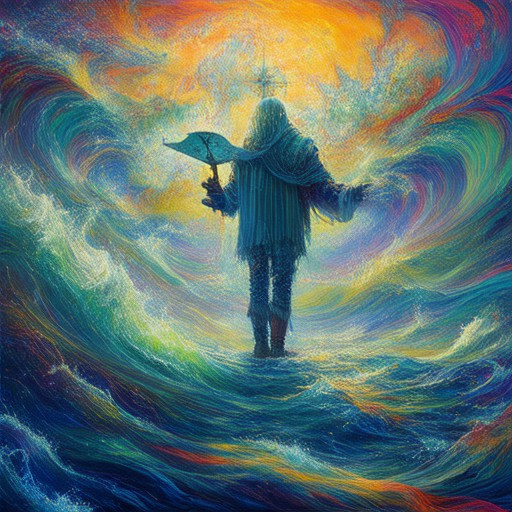
My Idea of Being Creative
Creativity is a unique and dynamic process that allows individuals to think outside conventional boundaries and bring innovative solutions to life. My perspective on creativity is rooted in the ability to generate fresh ideas, solve problems effectively, and express oneself authentically. Here’s a breakdown of my approach:
Generating Ideas
Creativity often begins with the generation of ideas. I believe this stage is crucial and can be enhanced through techniques like brainstorming, mind mapping, and divergent thinking. By exploring diverse perspectives and allowing for failure as part of the learning process, one can unlock new possibilities. Tools like those offered on MindTools can be particularly helpful in this phase.
Problem-Solving
Creativity is not just about generating ideas but also about applying them effectively. I advocate for a collaborative approach where team members can build on each other’s thoughts. Techniques like lateral thinking and design thinking frameworks, as outlined by IDEO , encourage creative problem-solving by focusing on human-centered outcomes.
Self-Expression
Creativity is deeply personal and serves as a tool for self-expression. I believe that everyone has the potential to be creative, regardless of their background or skill level. By embracing authenticity and exploring new avenues, individuals can share their unique perspectives with the world. This process of self-expression is what drives Peter Spirito ‘s blog, which celebrates the human experience through storytelling and reflection.
Collaboration
Creativity thrives in collaboration. I find that working with others can lead to breakthroughs that might not be possible individually. Encouraging diverse viewpoints and fostering open communication channels is essential. Group brainstorming sessions, as demonstrated by innovative companies like IDEO, exemplify how collaboration can amplify creative outcomes.
Adaptability
In today’s fast-paced world, adaptability is a key component of creativity. I believe that staying flexible and open to change allows individuals to navigate challenges and find opportunities for innovation. This adaptability is evident in how many successful entrepreneurs have embraced creativity in their work .
Innovation
While creativity is often spontaneous, it can also be cultivated through deliberate effort. I emphasize the importance of experimentation and taking calculated risks. Innovation requires not only fresh ideas but also the courage to test them and iterate based on feedback. This iterative process is well-documented in articles on The Creativity Post .
Emotional Intelligence
Finally, creativity is deeply intertwined with emotional intelligence. Understanding one’s own emotions and those of others enables better problem-solving and idea generation. By cultivating empathy and introspection, individuals can create solutions that resonate on a deeper level, ultimately driving greater impact.
Conclusion
In my view, creativity is a multifaceted capability that encompasses idea generation, problem-solving, self-expression, collaboration, adaptability, innovation, and emotional intelligence. By nurturing these elements, individuals can unlock their full potential and contribute meaningfully to their communities.
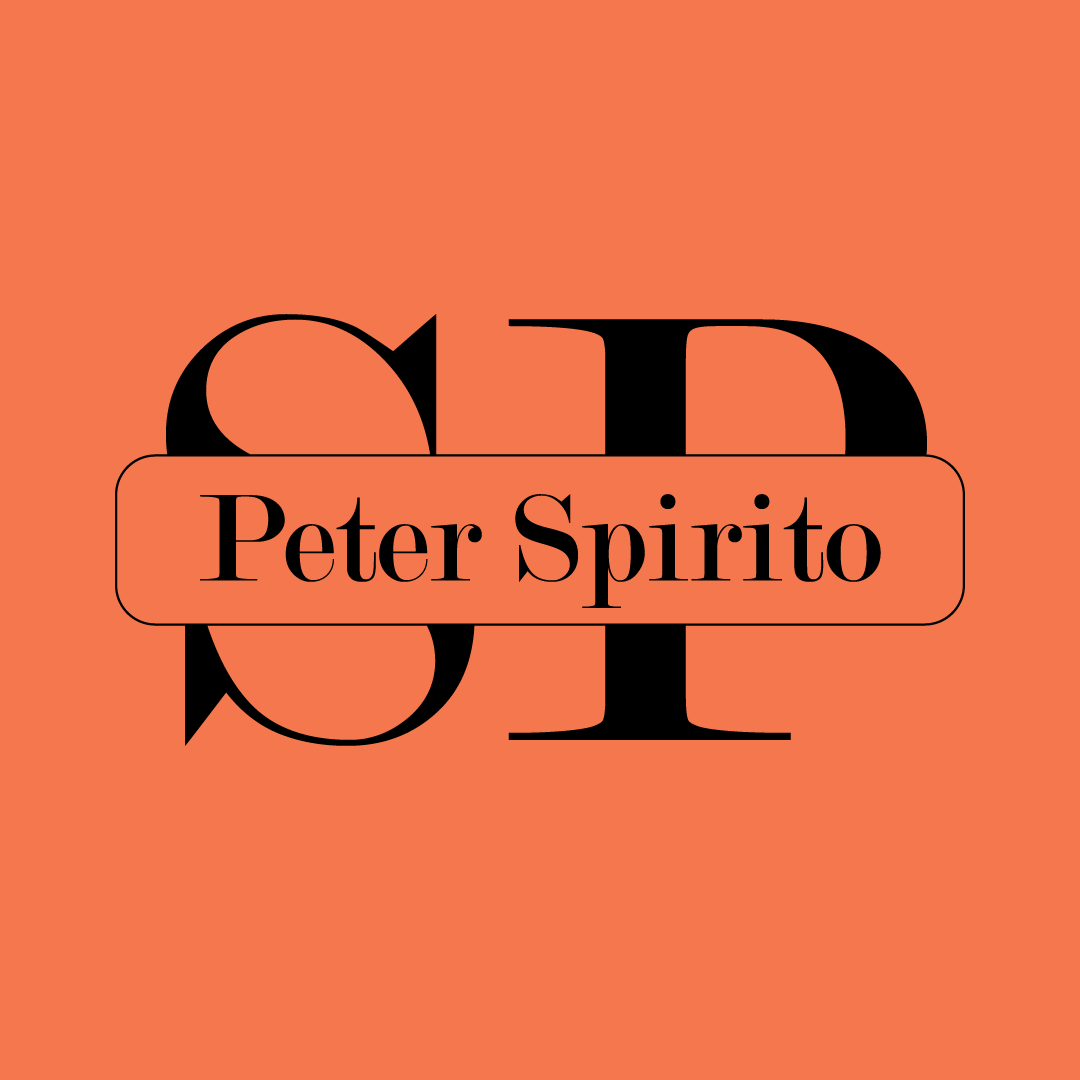
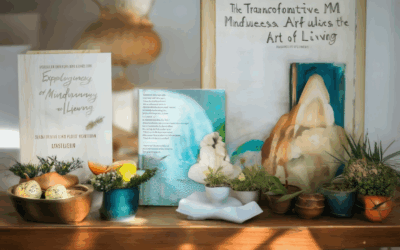
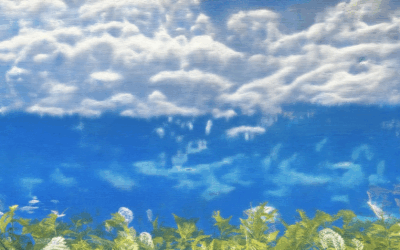
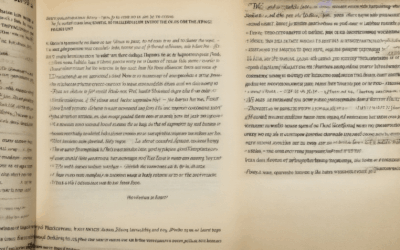
0 Comments